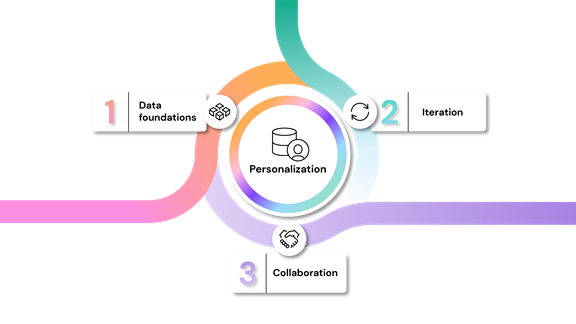Digital gets personal: 3 ways to amplify individualized experiences



Data is the core of your personalization plans. Without deep customer knowledge, there’s no way to know which products consumers want, what messages they wish to receive, and when they want those interactions. Ultimately, your ability to drive business value through personalization will always be limited by the quality of your data.
Of course, when attempts at personalization go wrong, whether the cause is bad data or poor strategy, it can have a significant impact on customer behavior. If you have a proven track record of recommending relevant products and services that align with customers’ tastes and preferences, only to propose the wrong item on their next visit, they could be irritated, offended, or inclined to mistrust your next recommendation. According to Kin + Carta internal research, 50.5% of shoppers have been so unhappy with a retail digital experience that they avoided shopping with that business in the future.
Your data should also control for local and global factors. Customers living in a specific geographic area might have some commonalities, but many demographics will be distinct. When experimenting with different approaches, large amounts of data are required to create meaningful personalization. These differentiating factors should help to inform your strategy on every level.
How do you know if your data foundation can support your personalization? Your data foundation is strong if you have:
This information is essential to personalizing your marketing in ways that delight customers and impact their spending habits.
Interested in starting your journey to hyper-personalization?
Learn moreThe need for personalization is undeniable, but few retailers or restaurants can do it alone. At Kin + Carta, we’ve helped our clients to double the impact of their personalized marketing program and build effective optimization models. For one client that led to a $5.5 million lift in weekly revenue. With the right strategy, your business could gain similar benefits.
Learn how we can help amplify your personalization efforts.